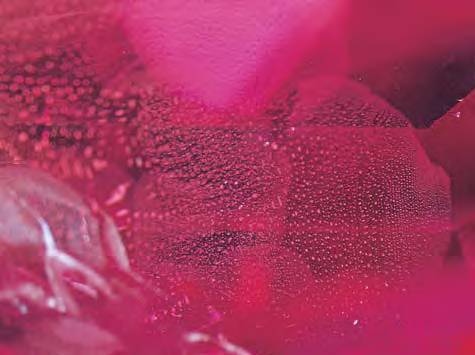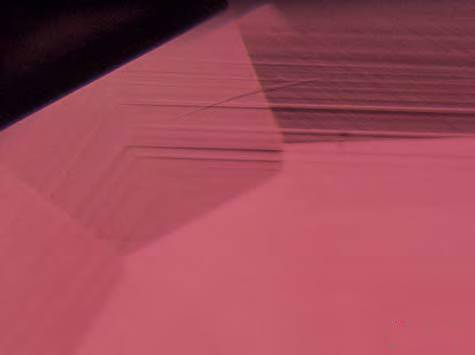There is a niche gemstone that looks very similar to ruby on its surface, but is actually closely related to emerald. It is not only a member of the beryl family, but also shares the same characteristics as emerald.
And this niche gem is the legendary "red emerald" - red beryl. Red beryl is very rare and unparalleled compared to emerald. Let's get to know it together with Xiaonan below~
Introduction to Red Green Pillar
Chinese name: Red beryl
English name: Red Beryl
Color: Dark pink to dark light brown
Hardness: 7.5-8
Refractive index: 1.586-1.594
Density: 2.80 g/cm3
Origin: California, Madagascar, Elba, Mozambique, Namibia, Zimbabwe, Pakistan, etc
Red Beryl
What about renaming
In the gemstone family of emerald, the king of green gemstones, a gemstone with the same characteristics as emerald but with a red appearance appeared. It was discovered in the Wah Wah mining area in Utah, USA in 1904 and has not been discovered in other regions to date.

At the 1991 conference of the International Gemstone Association, after a heated discussion, it was renamed Red Beryl to replace the initially popular name among jewelers - Red Emerald. In addition, red beryl also has a nickname named after its discoverer: bixbite.
When choosing, the color of red beryl is as bright as red.
Red Beryl
Value Geometry
Red beryl and emerald have the same value, and those with superior quality have higher value. However, gemstone grade red beryl usually does not exceed 2 carats. Once it exceeds 2 carats of high-quality red beryl, the price is terrifyingly high, with a fiery red color and better transparency reaching around 120000 yuan per carat; Generally speaking, about 20000 to 40000 yuan per carat can buy quite good grades.

At present, the Violet mining area in the Wah Wah mountainous area produces only about 600 1-2 carat red beryls per year, with over 4000 smaller ones such as 0.02-0.10 carats. Considering the total production of gemstones, it is extremely rare. However, precisely because the production of red beryl is low, it is still an unfamiliar gem for most people.
The 'Crown of Fire' - Photo by Robert Weldon
Red Beryl
How to identify synthesis
Generally speaking, the artificial red beryl circulating on the market is not as abundant as ruby and sapphire, but it can indeed be manufactured through various synthetic technologies.

In terms of identification, its contents can be observed under a microscope. Natural red beryl is similar to natural emerald and has characteristics such as fingerprints, two-phase structure, healing cracks, colorless quartz, and iron oxide, which are much different from the contents of synthetic products. Ruby, red spinel, red garnet, and red tourmaline all have similar appearances to red beryl. Interested collectors should carefully identify the authenticity before investing and be cautious of counterfeits.
If you also like jewelry like me, don't miss this store that I often visit. The link is here:
https://wbgem.com/collections/red-beryl









